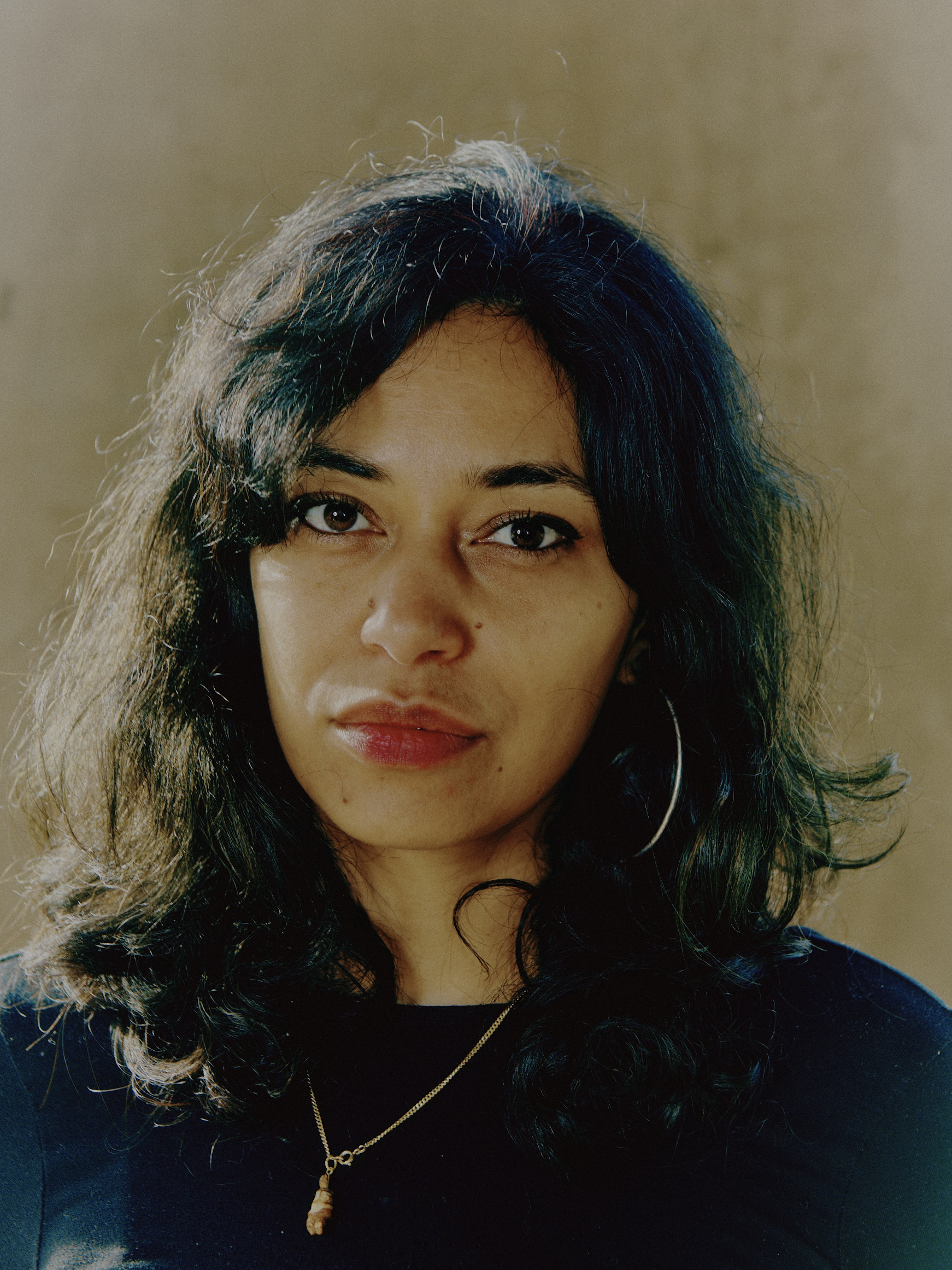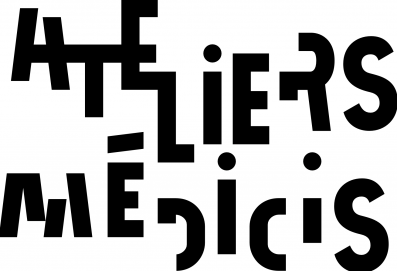Caroline Déodat
Artist, Filmmaker and Researcher
Fall 2026

- Cinema
- Chicago
“By confronting historical archives with contemporary technologies, I aim to develop a filmic work that makes perceptible the continuities between the slaveholding past, structural racism, and the visual construction of justice.”
I am an artist, filmmaker, and researcher. My path began with a PhD in anthropology at EHESS, where I worked on Mauritian sega—a poetic, musical, and choreographic practice born within Maroon communities during slavery and later turned into a tourist tradition after decolonization. From this experience emerged a persistent question: how to develop a critical perspective on the role of the anthropologist and, more broadly, on the ethnographic dispositif, shaped by its colonial legacies and asymmetries of power.
What the archive conceals, what escapes the punitive architecture that targets us, forms the terrain of my investigations. Yet I do not seek to deliver a verdict or a stabilized truth in my work, but rather to create a poetic space where the trace unsettles visibility and bypasses the blindness of dominant epistemologies.
I develop a practice at the crossroads of experimental ethnography and fiction, archival research and critical theory, exploring the specters of images, their haunting power, processes of alienation, myths, and histories of violence. In my films and installations, I strive to blur transparency, to deconstruct immediate legibility, and to pose a central question: how can one narrate violence without reiterating it?
Caroline Déodat (FR/MU/BE) is an artist, filmmaker, and researcher. She holds a PhD in anthropology from EHESS and studied at the École des Beaux-Arts de Lyon.
Her films have been shown at the Museo Reina Sofía in Madrid (ES), the Fondazione Sandretto Re Rebaudengo in Turin (IT), the Bamako Encounters (ML), the Jeu de Paume (FR), and the Brooklyn Academy of Music (USA).
Her essay Dans la polyphonie d’une île. Les fictions coloniales du séga mauricien was published by Éditions B42. It received the Nicolás Cristóbal Guillén Batista Philosophical Literature Outstanding Book Award from the Caribbean Philosophical Association in 2025.
My project for Villa Albertine is entitled Sans innocence or the Logic of the Proxy. It takes the form of a two-act film conceived as a poetic inquiry into the fictions of justice and its blind spots. I am interested in how innocence has been historically constructed, instrumentalized, and placed in the service of relations of domination, from slavery to contemporary surveillance technologies.
The first act, Sans innocence, follows a character navigating between intimate memory and historical strata, revisiting in particular the foundations of the presumption of innocence: the 1256 ordinance promulgated by Saint Louis, the Crusades and their colonial aftermath, the founding of Saint-Louis in Senegal and Saint Louis in Missouri, and so on. These moments recall how innocence was long used as an ideological mask, reducing colonized peoples to juridical infantilization and depriving them of any legitimate voice.
The second act, The Logic of the Proxy, brings this questioning into the present. The character seeks to prove their innocence in a world saturated with images: cameras, databases, facial recognition. Yet these proofs are themselves filtered through centuries of racial hierarchies and epistemic biases. The proxy, as an invisible relay, becomes a central futuristic metaphor: can it open a path toward justice when the systems of proof are built upon a racialized geography of the visible, or is it merely another instrument of control that further distances speech? How can one escape the mechanics of modern sacrifice?
This project draws on my research into post-memory and the spectral forms of testimony. The film seeks to invent a cinematic language capable of inhabiting the zones of impossible testimony: an in-between where the ghost persists and where justice may be redefined.
The residency will unfold primarily in St. Louis and Chicago, two cities where questions of justice, memory, and visibility intersect in acute ways, at the very heart of my project.
St. Louis holds a central place because of its racial and legal history. Founded in the name of King Louis IX—a figure associated with the development of the presumption of innocence—the city illustrates how this notion could be invested with ideological weight. It was also the site of the Dred Scott case, a decisive moment in the history of racial injustice in the United States. During the residency, I will conduct archival research at the Missouri Historical Society Library, the Research Center of St. Louis, and the archives of the Gateway Arch Museum, which preserve documents related to the case and to the city’s history. These materials will allow me to interrogate how the law disqualified Black speech, reducing the enslaved body to silent evidence rather than admissible testimony.
My work will continue in Chicago, a city marked by a history of surveillance and struggles for racial justice. There, I will explore the question of visual evidence through collaborations with collectives such as the Invisible Institute, which investigates police violence using OSINT methods.
This research builds on contemporary theoretical contributions—from Saidiya Hartman and Frank Wilderson to Judith Butler—that reveal how racist regimes of visibility organize both the erasure and the hyper-exposure of Black lives. By confronting historical archives with contemporary technologies, I aim to develop a filmic work that makes perceptible the continuities between the slaveholding past, structural racism, and the visual construction of justice.
In partnership with

Ateliers Médicis
Located in Clichy-sous-Bois and Montfermeil, in the Seine-Saint-Denis department, the Ateliers Médicis endeavors to promote new and diverse artistic voices. Its artistic residencies, open to artists working in any artistic field, support the creation of works conceived in collaboration with French territories and fosters encounters between artists and inhabitants.

